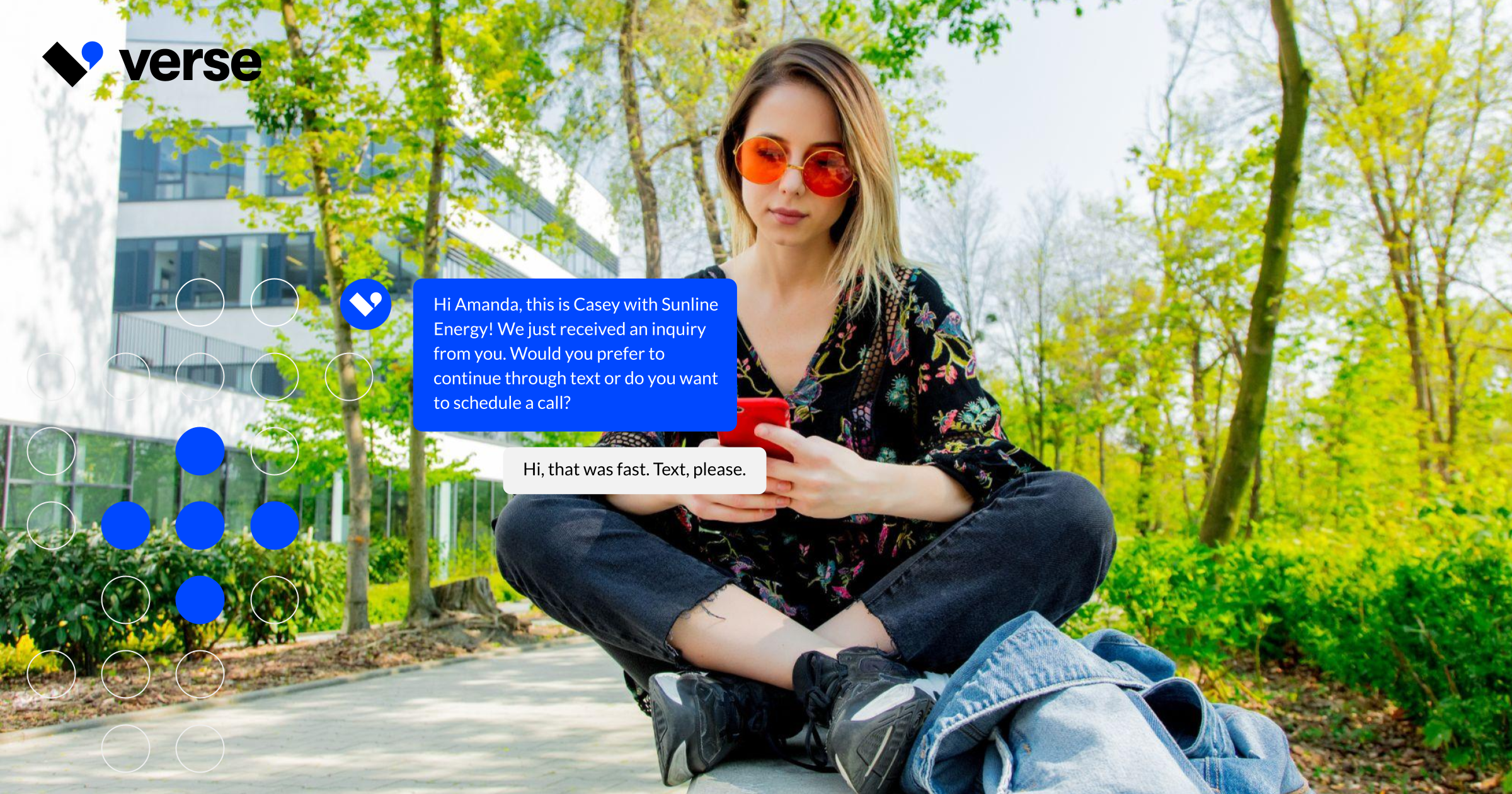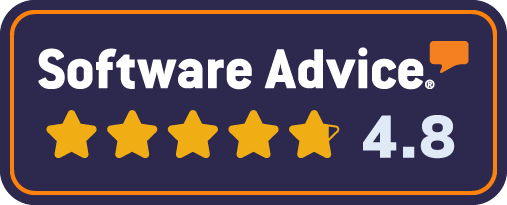If you really want to connect with potential and existing customers about how your product or service can benefit them, using phone calls alone just ain’t gonna cut it anymore. In fact, only 13% of phone calls are even answered. On the flip side, there IS a communication channel that produces a whopping 98% open rate: texting.
Engage people the way they want: with text

Think about it: few (if any) communication channels offer convenience, speed, or ease of use like text messages. For businesses, not only does SMS allow you to connect with consumers in real-time, but it also creates a far better customer experience that will stand out compared to competitors who are stuck in the past.
Text-first campaigns increase conversion rates by 6X
There’s a reason why communicating with consumers via SMS is becoming the fastest growing marketing channel – it’s the #1 most used app by mobile users. So why are 61% of businesses still failing to get with the program? In the long run, companies that don’t adapt will continue missing out on opportunities to connect with more customers, which means fewer conversions and lower ROI.

Technology alone is inauthentic. Humans alone are inefficient.
Finding the right balance between technology and authenticity can be a challenge (I know I know, “what about Wall-E?” Look, I get it – but he was a cartoon, ok? Let’s move on). On one hand, there is a time and place where chatbots and other automated messaging services are warranted. But at the same time, most would agree they have a tendency to sound cold, generic, and impersonal. Plus, how annoying is it when you have to start a chat over on a website because you walked away or got distracted?
Don’t even get us STARTED on cold calls. First of all, 87% of calls from unknown numbers are totally ignored. And when people actually DO pick up the phone, 54% of the time it’s unwanted! Think about how much anxiety you feel when you get a phone call from a number you don’t know. It’s the worst!


The problem is that, as humans, we can only accomplish so much in a day. It’s no secret that the relationships you build with customers are the cornerstone of loyalty and brand championship. But without the right resources, identifying the perfect combination of technology and genuine conversation can be a challenge. Companies that use a human-guided approach are scarce, leaving options to create a real human connection limited.
You Own Your SMS Marketing Lists
If you follow marketing industry news, you already know that many of the big tech companies are struggling to keep up with regulations and privacy concerns.
For example, the iOS14 update in 2021 opted millions of iPhone users out of tracking on mobile apps like Facebook and Instagram. Those platforms have yet to recover the user tracking data that made targeted ads so successful, and it’s starting to look like they never will.
Similarly, Google is planning to do away with third-party cookies altogether sometime in 2024 to meet data privacy regulations, and Amazon has been fined more than $1.3 billion for market manipulation.
All of these platforms and vendors create uncertainty for marketers by clouding their connections with customers.
HOWEVER, if you have a list of prospects who have opted into receiving your company’s SMS messages, you’re cutting out the middleman. Each prospect’s phone number (and name and email address) is a first-party data point that you can use to track and optimize campaigns for maximum growth.
Customer Communication Clarified
The facts are clear. Your prospects and customers prefer to engage via text message. And those messages are more likely to lead to conversions and connections than other marketing tactics, especially if you use automation to supplement a conversational, human-guided approach.
Finally, using opt-in SMS marketing lists means that you own your data and don’t have to rely on the Facebook algorithm or some other platform to reach your potential audience.
Sounds like a pretty bright future, doesn’t it?


